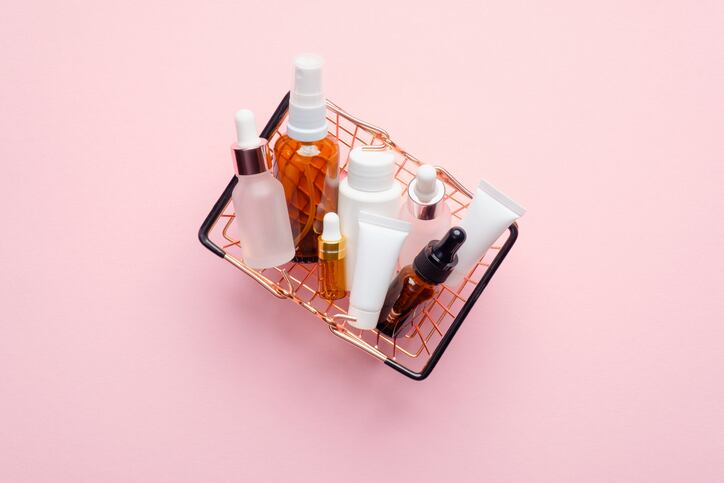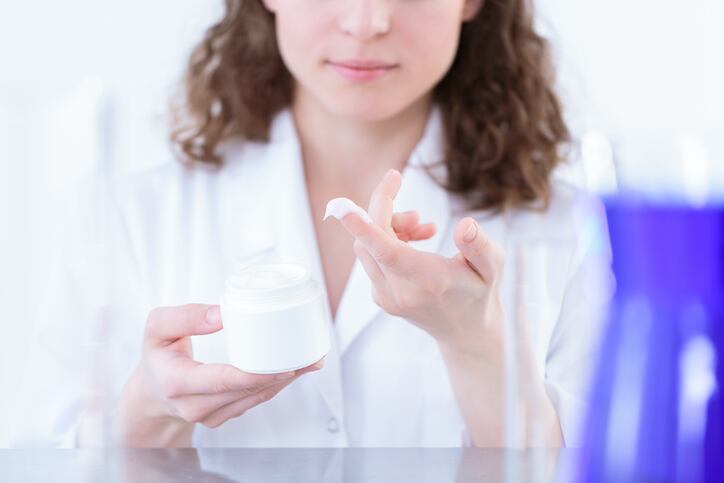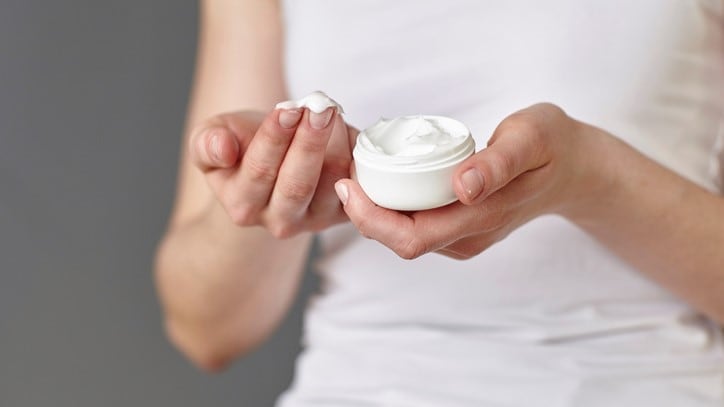What qualifies as sustainable varies from market to market, company to company and consumer to consumer, but one of the main goals is to decrease or remove virgin plastic in a beauty brand's packaging.
But, when moving away from virgin plastic packaging, brands have to consider material performance, ease of decoration, transportation costs and logistics, as well as the social and environmental impacts that other materials may have.
Packaging suppliers and sustainability consultants advise companies to do a holistic analysis of how they need packaging to perform, how the benefits and drawbacks of a given supply chain fit into their sustainability goals and what else can be done to improve packaging sustainability, like changing product format or reducing the amount of packaging used.
Below are stories on the four predominant types of non-virgin plastic integrating into the market today.
Recycled plastic packaging can be versatile, poses quality and environmental issues
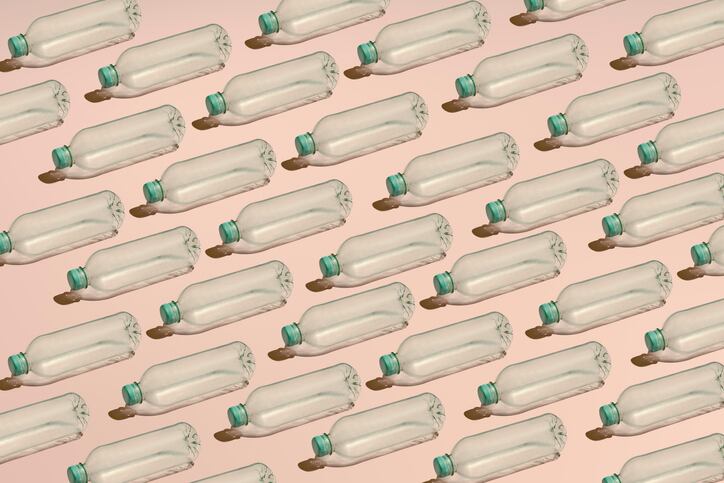
Plastic is a versatile packaging material, but it is also a pollutant found across the world, from the deepest parts of the ocean to the highest peaks in the world.
More brands are looking to use recycled plastic packaging, but that comes with some challenges.
According to the University of Connecticut, the cosmetics industry produces 120 billion plastic packaging units globally every year. Overall, the US produced 35.7 billion tons of plastic in 2018, which made up 12.2% of all municipal solid waste, according to the Environmental Protection Agency.
Paper packaging is more degradable, recyclable, is not a solve-all for suitability
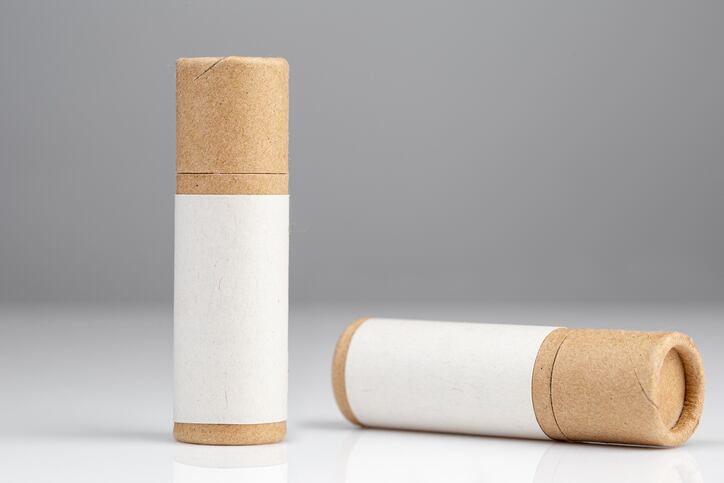
Where plastics fail in biodegradability and recyclability, some companies are turning to paper packaging, which doesn’t entirely get brands out of the woods of meeting sustainability goals.
Paper packaging, including cardboard, has been a part of cosmetics packaging for a long time as boxes and wrapping, but sustainability goals have been pushing companies to innovate and use paper and cardboard more prominently.
Packaging suppliers are expanded from the days of boxes to create paper tubes, bottles and other containers.
Aluminum packaging is endlessly recyclable, but malleable, can have supply chain concerns
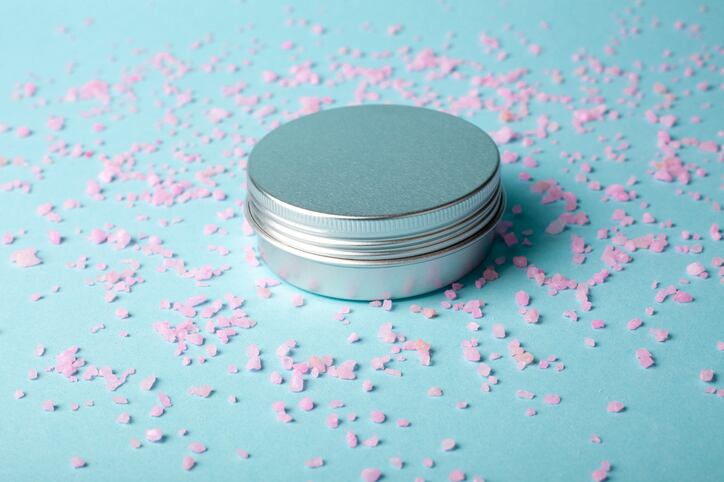
Aluminum packaging is on the rise as a sustainable packaging option because it’s not just highly recyclable, but infinitely recyclable, but it’s also dentable and is implicated in environmental toxicity.
The packaging type is blossoming in the beauty industry, with some brands integrating aluminum bottles or tubes for traditional consumable products, like dry shampoo, hair products and lotions, as well as integrating metal packaging into refillable products, like color cosmetics brand Trestique with aluminum packaging and Dove’s new stainless steel refillable deodorant.
Luxury, quality, fragility: Glass is highly recyclable packaging option, increases expense
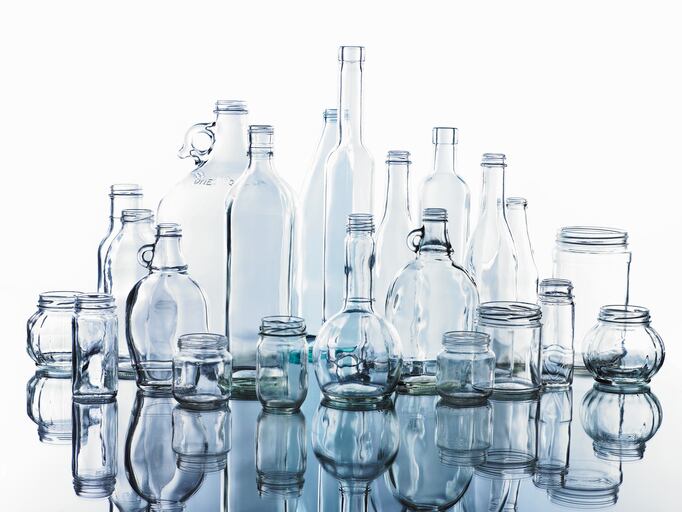
Glass containers may be the most breakable and heavy non-virgin-plastic packaging option, but the material also communicates quality to consumers.
Like most sustainable packaging options, glass has been a part of the beauty packaging world for a long time. Glass jars and bottles have been particularly prevalent in prestige cosmetics, but some more mass-market brands have been looking to bring more glass into their packaging.
Fragrances are commonly packaged in glass, but some brands like The Ordinary have been bringing more glass to the mass-market skincare world..

